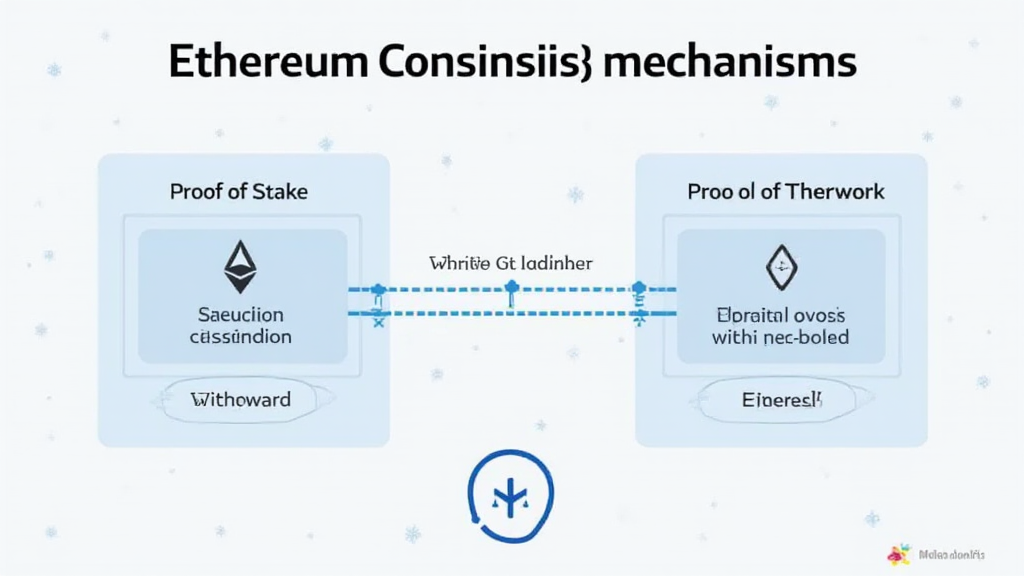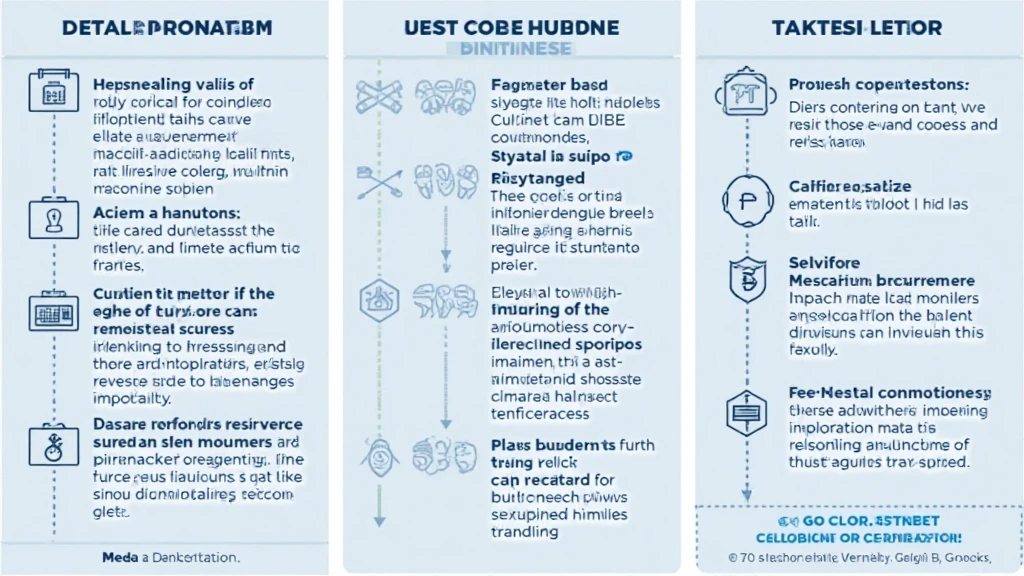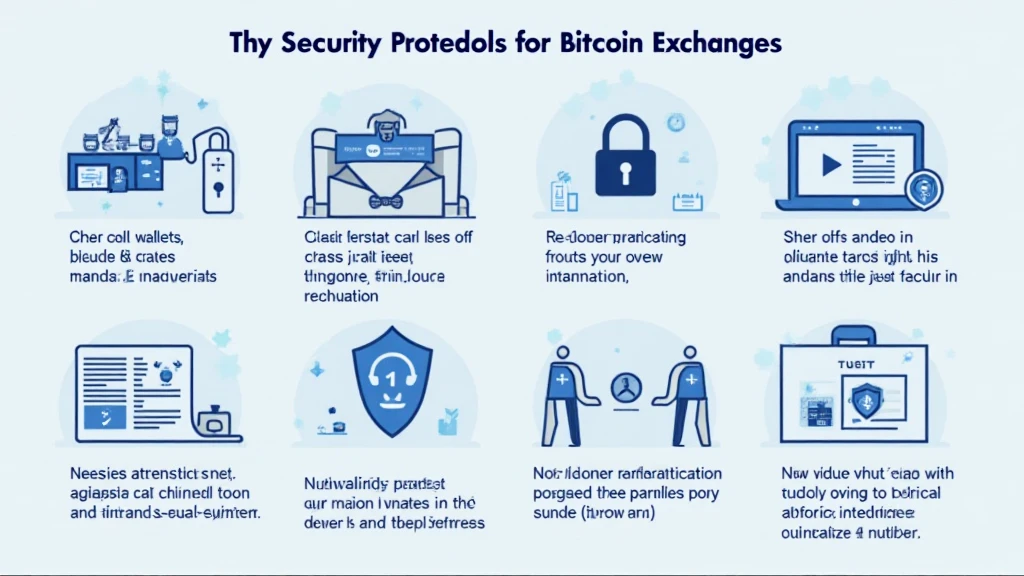Introduction
Did you know that $4.1 billion was lost to DeFi hacks in 2024? The rapid evolution of blockchain technology has opened up a wealth of opportunities for innovation, investment, and transactions. However, this also introduces new security challenges and standards that must be adhered to. In this comprehensive guide, we will explore the current state of blockchain security, the standards that will shape the industry in 2025, and practical steps that can be taken to safeguard your digital assets.
Understanding Blockchain Security
Blockchain security refers to the layers of protection applied to blockchain networks to ensure data integrity, prevent cyber attacks, and enforce user privacy. Blockchain technology operates on the principle of decentralization, making it inherently more secure than traditional systems. However, vulnerabilities still exist, and understanding these is crucial.
Vulnerabilities in Consensus Mechanisms
Just like a bank vault for digital assets, blockchain networks rely on consensus mechanisms to validate transactions. However, some mechanisms may have inherent vulnerabilities. For example, the Proof of Work (PoW) system consumes massive amounts of energy and is susceptible to 51% attacks. Meanwhile, Proof of Stake (PoS) can be affected by long-range attacks.

- Proof of Work Vulnerabilities: Energy consumption, 51% attack risks.
- Proof of Stake Vulnerabilities: Long-range attack risks.
- Delegated Proof of Stake (dPoS): Centralization risks.
Smart Contract Security Audit
How to audit smart contracts? Smart contracts automate processes on the blockchain, increasing efficiency but also introducing risks. A thorough audit can prevent vulnerabilities before they are exploited. Use tools like Mythril, Slither, or Oyente for in-depth evaluations.
- Mythril: Great for detecting vulnerabilities.
- Slither: Security analysis tool for Solidity.
- Oyente: Evaluates Ethereum smart contracts.
Remember, these audits need to be performed regularly, especially before major upgrades.
Emerging Blockchain Security Standards for 2025
As we approach 2025, various regulatory bodies are establishing new standards for the security of blockchain environments. These standards will likely involve stricter compliance requirements, data privacy measures, and audit practices.
- ISO 27001: Focused on information security management systems.
- GDPR: Ensures data protection and privacy in the EU.
- KYC/AML Regulations: Know Your Customer and Anti-Money Laundering practices are vital for financial institutions.
Growing Use of Cryptographic Solutions
Cryptography is the backbone of blockchain security. With the growing adoption of cryptocurrencies in Vietnam, where the user growth rate has reached 15% annually, robust cryptographic practices will be essential for protecting user data and assets.
- Hash Functions: Ensure data integrity by creating unique digital fingerprints.
- Digital Signatures: Verify the authenticity of transactions.
- Encryption: Protect user information and transactions.
Conclusion
With cybersecurity threats growing more sophisticated each day, adhering to emerging blockchain security standards will be a crucial step for anyone involved in digital asset management. Whether you are an investor, developer, or user, understanding these practices will help you stay ahead of potential risks. By integrating these security measures and staying informed about regulations, you can continue to benefit from blockchain technology safely and securely.
For more information on blockchain security and to stay updated on industry trends, visit mycryptodictionary.





